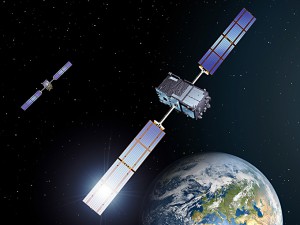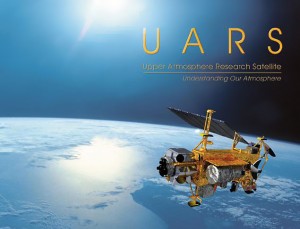
At the 4th of October the first elements of Europe’s new Vega launch vehicle left Italy and began a long journey to Europe’s Spaceport in French Guiana. This marked the final step towards it’s inaugural flight in January 2012. After several intense weeks of checking the hardware and equipment, the Vega’s Zefiro-23 and Zefiro-9 motors and the AVUM fourth stage were carefully packed and left Avio’s facility in Colleferro, where they were built. The equipment was then loaded onto the MN Colibri, in preparation for its its journey across the Atlantic Ocean.
The equipment for the qualification launcher arrived at the Dégrad de Cannes Harbour in Cayenne, French Guiana, and was then taken by road to Kourou where it arrived at the 24 of October. The launch campaign will then start on 7 November 2011 with the transfer of the first stage to the launch pad. The first launch for the Vega launcher is scheduled for the end of January 2012.
Continue reading “First Vega launch vehicle arrive to Europe’s Spaceport in French Guiana”


